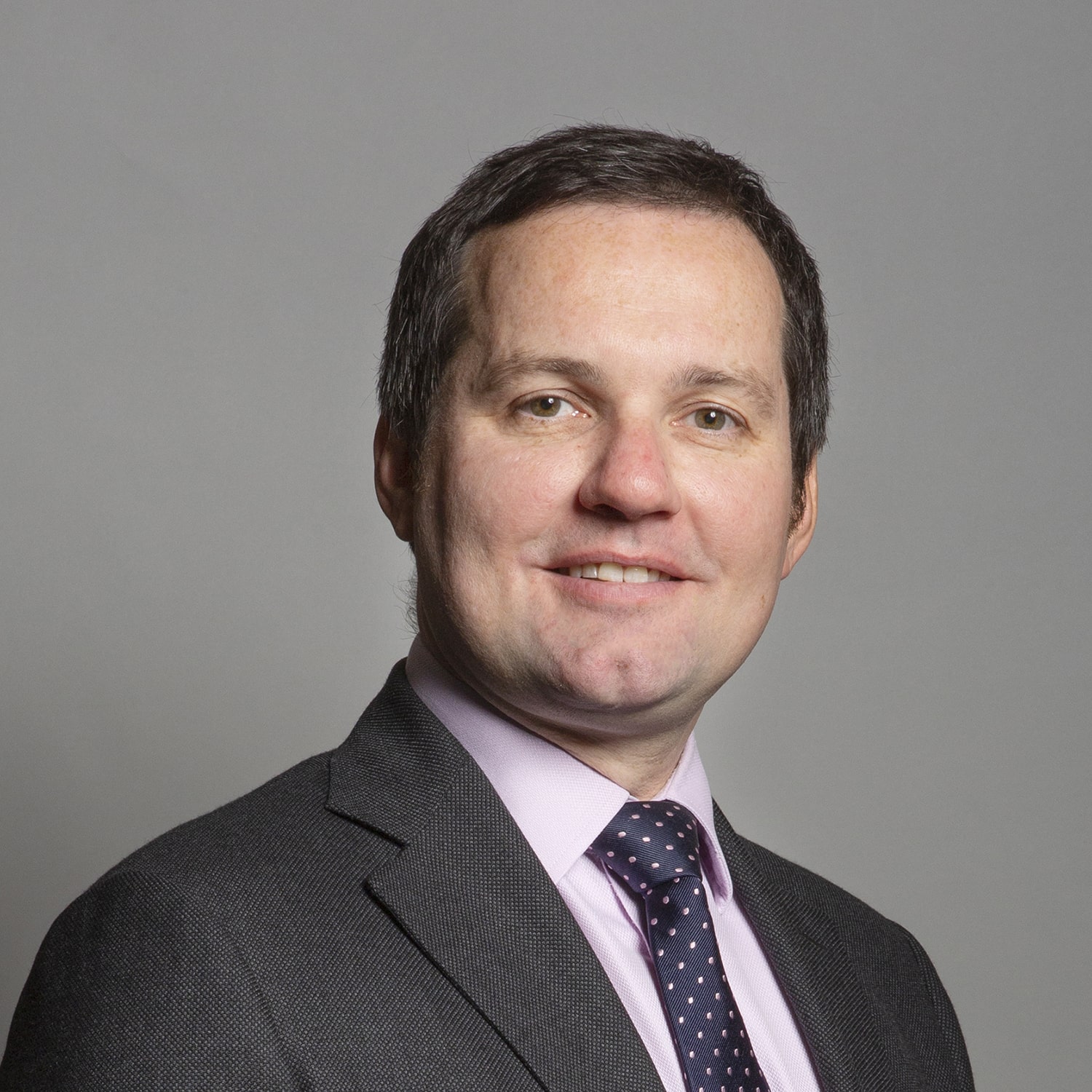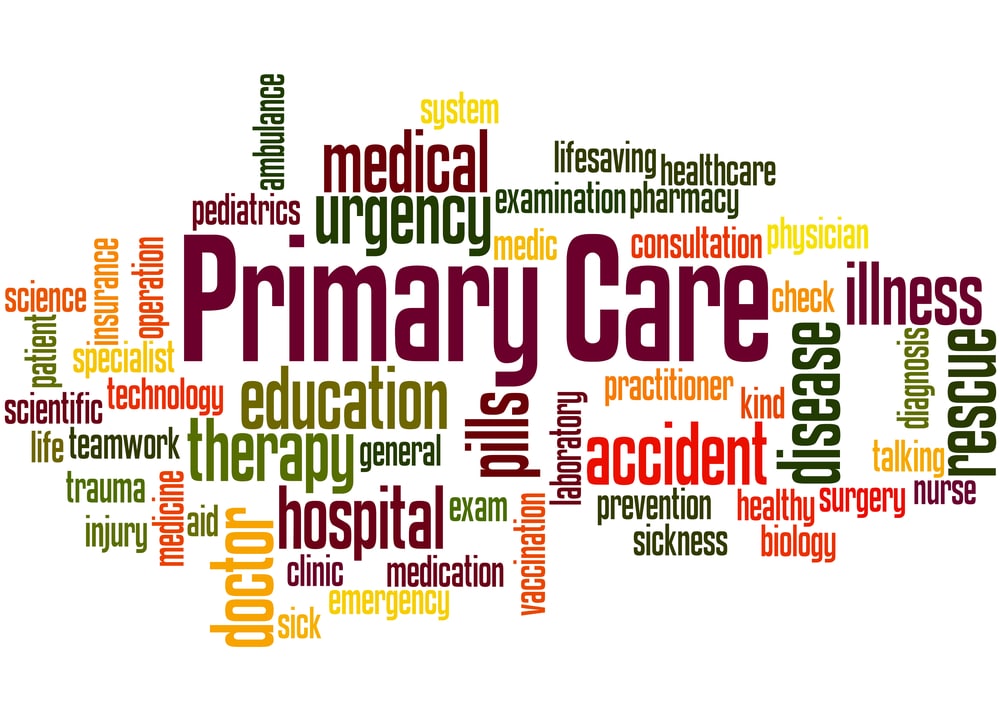New white paper seeks to clarify what integration means for patients

The government has published its eagerly awaited Integration white paper, designed to clarify exactly how integrated services will improve care for patients and end users across England.
The paper outlines a series of priorities for integrated care systems to improve health and care delivery. These include enhancing transparency and choice of care increasing earlier intervention of care, as well as increasing flexibility and developing clearer communications between different service providers and enhancing overall value for the taxpayer.
Commenting on the paper, Prime Minister Boris Johnson said: “These plans will ensure no patient falls between the gap [between services], and that everyone receives the right care in the right place at the right time.”
This sentiment was echoed by Health and Care Secretary Sajid Javid, who said: “Our Integration white paper is part of our wider plans to reform and recover the health and social care system, ensuring everyone gets the treatment and care they need, when and where they need it.”
The Integration white paper follows a day after the NHS published its Elective Care Recovery Plan, outlining how the health service intends to bring down ominous backlog figures and repair waiting times following Covid-19 disruption to services.
Proposals outlined in the recovery plan include a focus on community diagnostics and new approaches to care that will only be possible to deliver through integrated care systems (ICSs). This new white paper seeks to outline how health and care systems will draw on the resources and skills from across NHS and local government to “better meet the needs of communities, reduce wating lists and help level up healthcare across the country”.
Also commenting on the Integration white paper, Mathew Taylor, Chief Executive of the NHS Confederation said: “As these proposals are developed further, it is important that we recognise the differences that exist in local areas including in local relationships. They will need to evolve in their own way if we are to crack this agenda.
“Finally, for integration to work there needs to be joined up thinking across government as well as at local level. Ensuring this will allow local leaders the freedom to work with their communities to identify what will provide the best outcomes for the public.”
Hugh Alderwick, Head of Policy at the Health Foundation, highlighted the importance for adequate funding if these system reforms are to be possible: “Better integration between services is no replacement for properly funding them. The social care system in England is on its knees and central government funding over the coming years is barely enough to meet growing demand for care – let alone expand and improve the system.
“More integration is also little good if there aren’t enough staff to deliver services. Staffing shortages in health and social care are chronic, yet government has no long-term plan to address them.”
Analysis
For those who have been close to the integrated care agenda in recent years, or indeed attended virtually any event around integration, there will be little new insight within this white paper – nor will there be much to disagree with. Health and care integration is not a new concept, and so the broad concepts within the government’s latest paper come with little in the way of new proposals. The paper is more of a clarification on what integrated care seeks to achieve rather than an explanation as to how it will be delivered (the absence of additional funding proposals and clear strategy to address workforce shortages is telling).
Not that the document isn’t useful, public perception and understanding of integrated care is still very poor. Delivering integrated care in practice will be difficult unless this understanding is improved and, to this end, the white paper provides some useful clarifications.
But the timing of the paper is as important as its contents. Building on the recent publication of the Levelling Up white paper and published a day after the NHS elective care recovery plan, the Integration white paper is an attempt to show that the government are looking beyond the acute sector and are serious about “Levelling Up”.
The white paper also comes as the Prime Minister is desperately trying to build some policy momentum and move away from what has been a disastrous period for his premiership. Time will tell whether this series of flagship policy proposals (which will precede a further paper outlining specific plans to address health disparity) will provide the antidote to the partygate scandal.
Key priorities of the white paper:
- Better transparency
- More personalised care
- Earlier intervention
- Clear communication
- Improved access to social care services through NHS data sharing
- Better treatment
- Better NHS support to care homes
- Coordinated services
- More flexible services
- Better value for money







